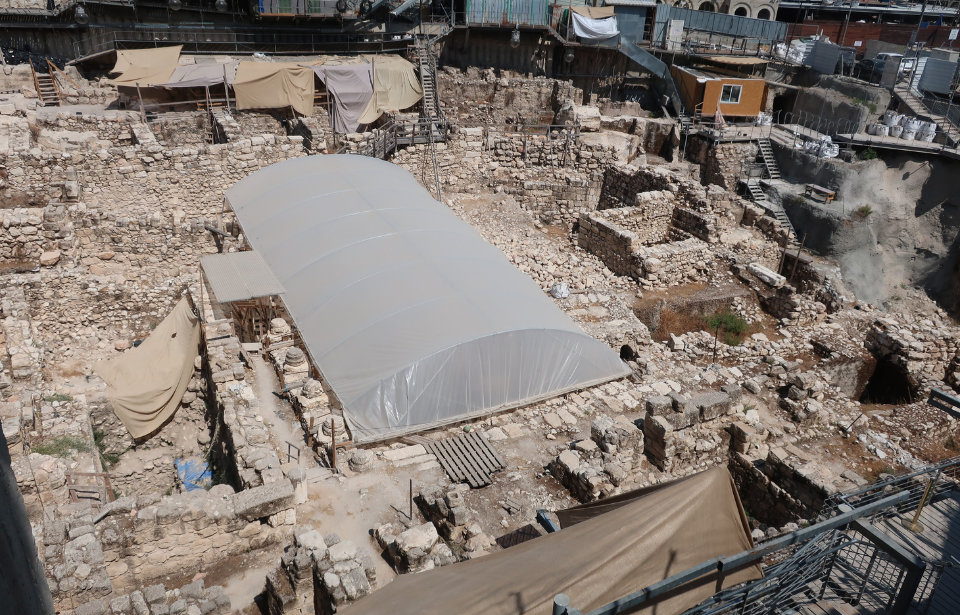Archaeological discoveries often bring the past to life in vivid and unexpected ways. While conducting an excavation in Jerusalem, archaeologists uncovered a monumental structure that not only enriches our understanding of ancient architecture, but also ties closely to biblical narratives. This significant find sheds light on the topographical and historical aspects of one of the oldest cities in history: the City of David.
Discovery of an ancient moat
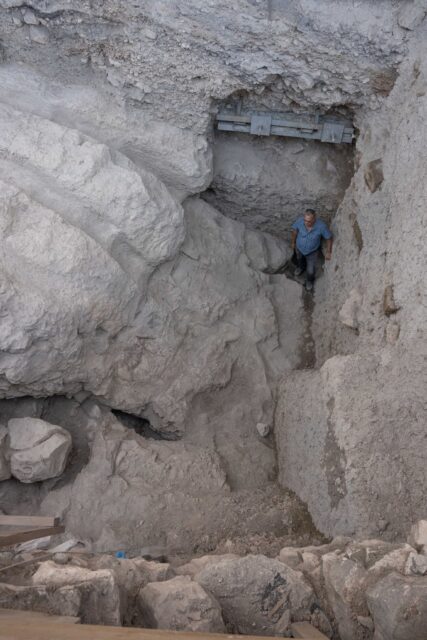
Excavation directors Dr. Yiftah Shalev and Prof. Yuval Gadot revealed in a press release published to Facebook, “It is not known when the moat was originally cut, but evidence suggests it was used during the centuries when Jerusalem was the capital of the Kingdom of Judah, almost 3,000 years ago, beginning with King Josiah.”
Significant discovery
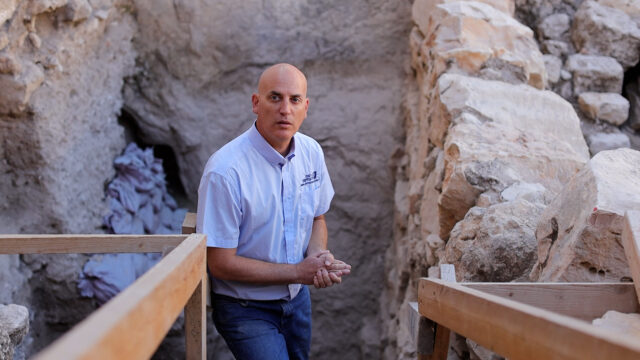
The significance of the discovery extends beyond its physical structure. The moat’s presence confirms descriptions found in the Bible, specifically in the books of Kings and Samuel, which describe the City of David as being divided into distinct parts: Ophel and Millo.
This discovery “opens up a discussion of a renewed sense of terms from the biblical literature that refer to the topography of Jerusalem, such as the Ofl and the Reserve,” noted researchers at the Israel Antiquities Authority.
Biblical connections and historical context
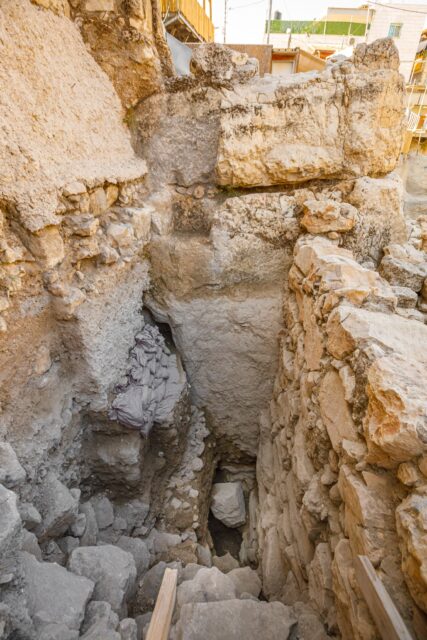
This connection between biblical text and the archaeological find underscores the historical accuracy of these ancient scriptures.
History of the City of David
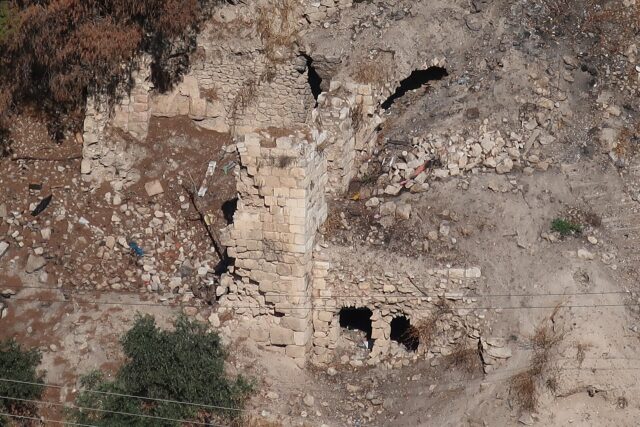
The City of David, regarded as the birthplace of Jerusalem, was originally constructed for King David to unify Israel under one capital. Positioned atop a narrow, steep ridge, the city overlooked surrounding hills and valleys, making movement challenging and providing natural defenses.
“During those years, the moat separated the southern residential part of the city from the ruling Acropolis in the north – the upper city where the palace and the temple were located,” explained Dr. Yiftah Shalev. This separation illustrates the strategic planning and architectural ingenuity of the time, highlighting the ruler’s power and capability to defend their city.
Rediscovering the past
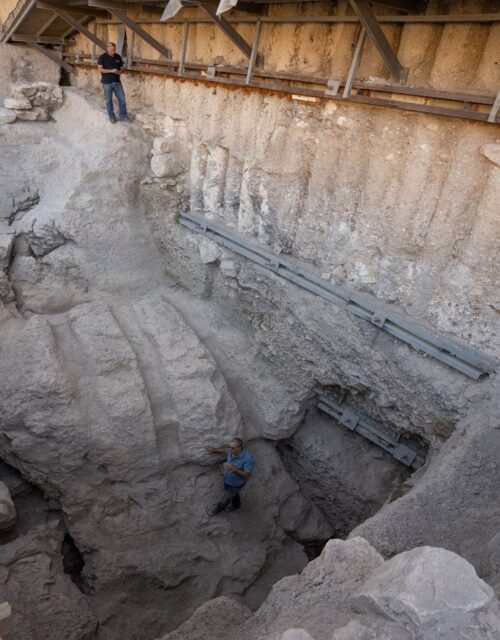
“Once again, discoveries are being revealed that shed new and vivid light on the biblical literature,” Eli Escusido, director of the Israel Antiquities Authority, said.
What do we know about the moat?
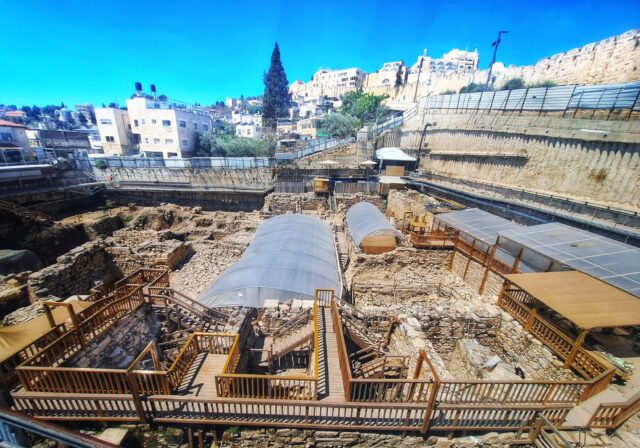
“We are confident that [the moat] was used at the time of the First Temple and the Kingdom of Judah [in the ninth century BC], so it created a clear buffer between the residential city in the south and the upper city in the north,” stated Dr. Yiftah Shalev. The discovery not only enhances our understanding of ancient Jerusalem, but also emphasizes the city’s significance to history and the advanced engineering skills of its inhabitants.
More from us: You Can Own Your Own Medieval Abbey for Just £3.5 Million
“When you stand at the bottom of this giant excavation, surrounded by enormous hewn walls, it is impossible not to be filled with wonder and appreciation for those ancient people who, about 3,800 years ago, literally moved mountains and hills,” remarked Eli Escusido.
